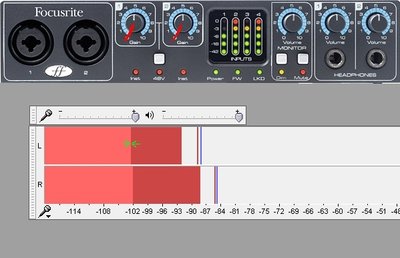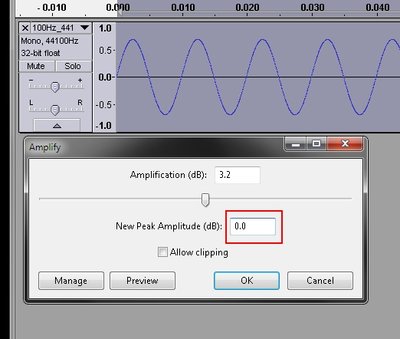First post, by HunterZ
- Rank
- l33t++
Edit: Continued from Re: Falcosoft Soundfont Midi Player
wrote:So you do understand some audio jargon, good.
Only enough to be dangerous 😎
wrote:The line input op-amp rail voltage is at least +-5V so it has plenty of voltage headroom in its analog path before actually clipping the ADC.
If anything, it should be set to ZERO to utilize the maximum input voltage of the line-in.
Okay, I think we were talking past each other in a couple places based on a different understanding/assumption of how PC line-in works.
I now think what you're saying here is that unity gain for line-in should be achieved at a level of 0% or 50%, while I was assuming it was at 100%, because I thought PC sound hardware only applies gain to microphone inputs. Apparently that isn't the case?
In any case, I am fairly confident that 0% line-in level is supposed to be functionally equivalent to mute.
wrote:my suspicion is that the line-in signal will go through the ADC at full volume, and *then* get scaled in the digital domain by the sound driver according to the line-in level setting.
Exactly.
This is the other place where we were probably talking past each other. You were talking about line-in at 100% causing scaling up from a sampling at unity, while I was assuming that 100% *was* unity, and that anything lower would just scale down an already-clipped digital sample.
wrote:The JVC probably adds even more amplifiers and multiplexers, that's why it is important to keep the signal chain minimal, MT-32 -> Line-in.
But as you say the JVC is a pro gear, so it should have plenty of rail voltage at the op-amps.
I was skeptical of this statement when I first read it, because I'm using a recording output path for which the JVC provides no user adjustments to the input signal. However, I suppose it's possible that it has amplifier circuits in the signal path to maintain unity gain due to the possibility of needing to send the signal to multiple outputs (speakers, headphones, other recording outputs, etc.).


